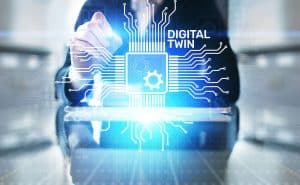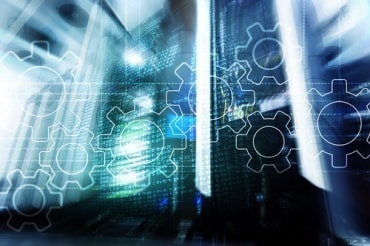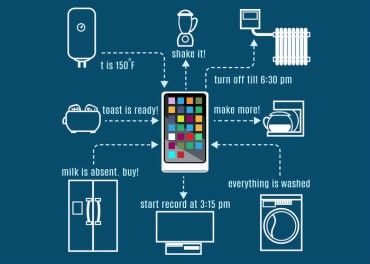
Digital twin technology can speed time to market, reduce costs, and allow a company to create a much broader portfolio of products.
Instead of investing inordinate money and resources in physical product innovation and production, why not virtualize the whole process? Some leading companies are doing just that, through an approach called “digital twins.”
This essentially amounts to a “digital representation of a physical product in all its aspects,” says Dr. Norbert Gaus of Siemens Corporate Technology.
Gaus recently joined CXOTalk host Michael Krigsman to describe Siemens’ adoption of digital twin technology. Companies can experiment new ideas quickly and cheaply with AI-based simulations. Siemens combines a digitized version of physical products with AI.
See also: Microsoft Launches Azure Digital Twins for AI, IoT
Even for a technologically advanced company like Siemens, it’s been a long journey to build and incorporate a digital replica of its operations. “We started this journey 15 years ago,” he says. “From the consumer side, we have to ensure that what we sell from a digital twin perspective is still an accurate representation also after 10, 15, and 20 years. So we really also need to manage the lifecycle. We have to be able to update software and represent this in the digital twin.”
AI builds on digital twins because they are composed of data, Gaus says. That data flows from “products in the fields, in the factory.”
AI and digital twins “have always come together, because when it comes to maintenance, especially predictive maintenance, preventive maintenance, you build models based on data,” he continues. “We use artificial intelligence for model order reduction, as one example. While model order reduction has always been a known technology, in some cases we need higher complexity and nonlinear models where it’s very difficult to, more or less, to use traditional technologies.” The company uses a neural network to generate a model that pretty accurately represents a motor, for example.
Where is digital twin best applied? Just about anyplace where there is data flowing, Gaus explains. “Digitalization is about the whole lifecycle depending on the vertical industry,” he says. “Some products will all always just work and operate and you will not need real-time inline simulation. In essence, every market, every product owner has to understand that he or she needs some kind of digital representation throughout the whole lifecycle, to speed up time to market, to reduce cost, to have a much broader portfolio and offering to the market.”




























